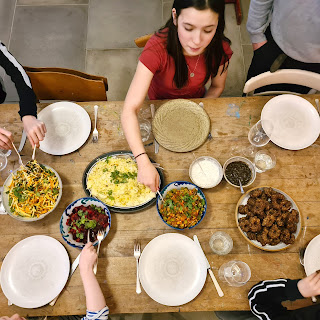One intractable idea a week
Alice laughed. “There’s no use trying,” she said: “one can’t believe impossible things.” “I daresay you haven’t had much practice,” said the Queen. “When I was your age, I always did it for half-an-hour a day. Why, sometimes I’ve believed as many as six impossible things before breakfast.” This well-known quote from Alice in Wonderland captures the importance of stretching one's idea of the possible. If you practice imagining impossible futures, they will become more possible. It's just like yoga. The other day I was at a dinner with my old friend Ben Yeoh and he asked everyone an 'intractable' policy idea as a conversation starter. The idea of what is tractable and intractable in policy terms - the Overton window as policy geeks refer to it - and how to stretch or move the window - is much discussed. Most efforts are focused at the margins of the window - trying to stretch it ever so slightly - or in posing something that's deliberately so far beyond the wind...


